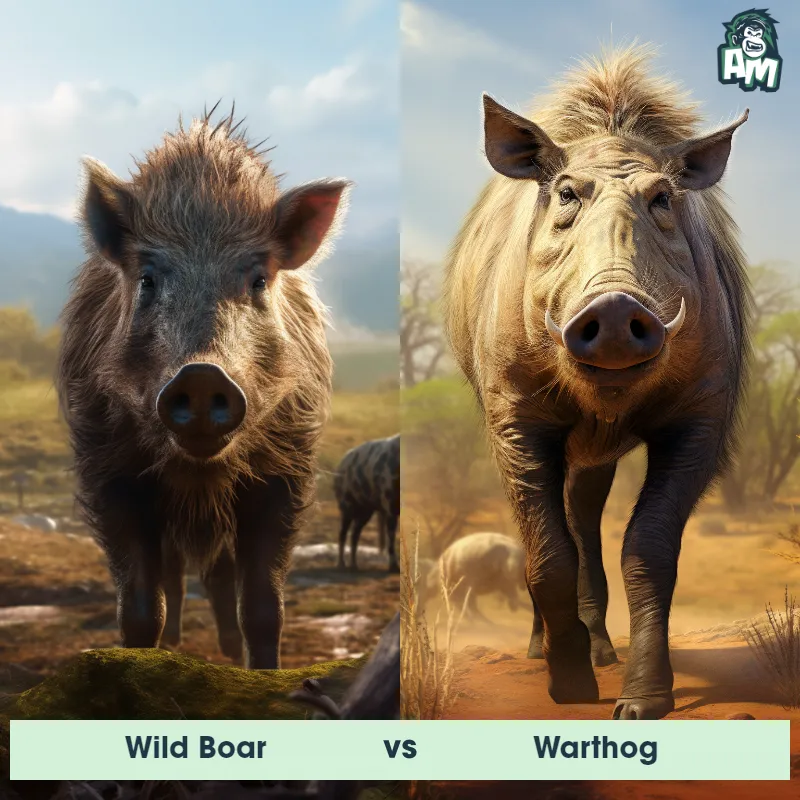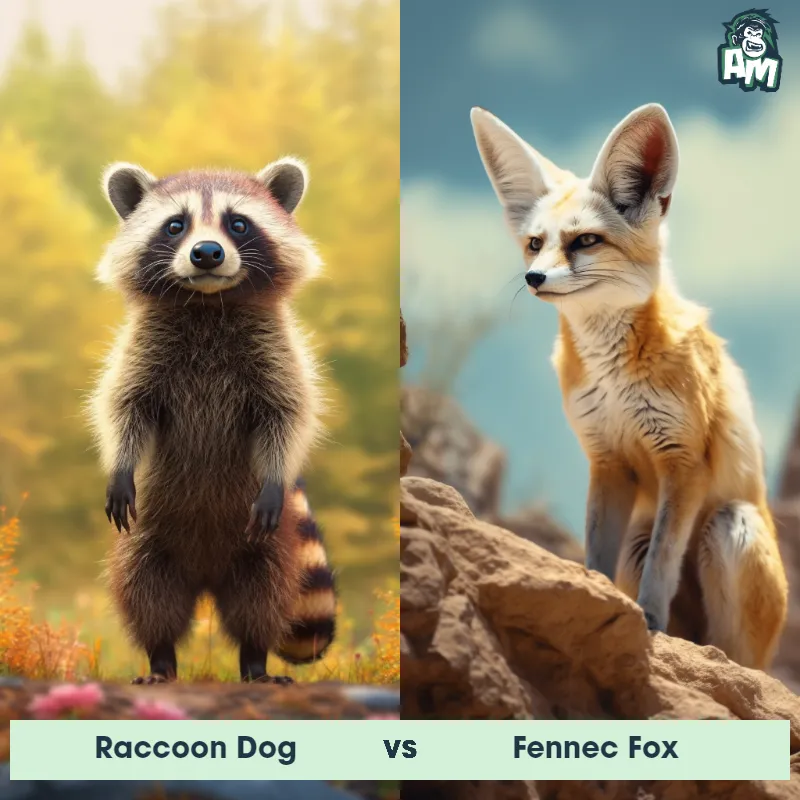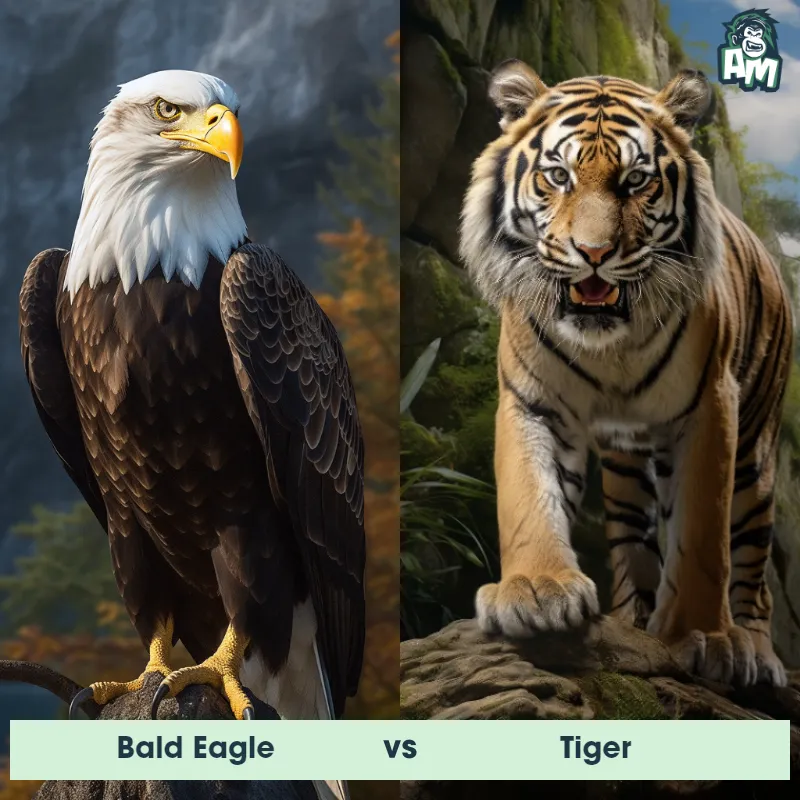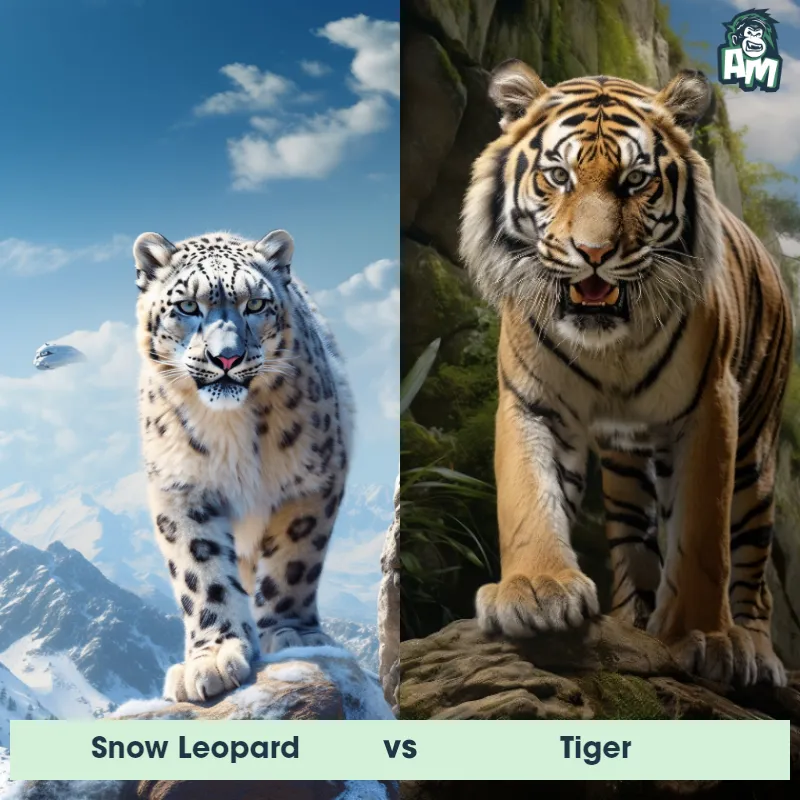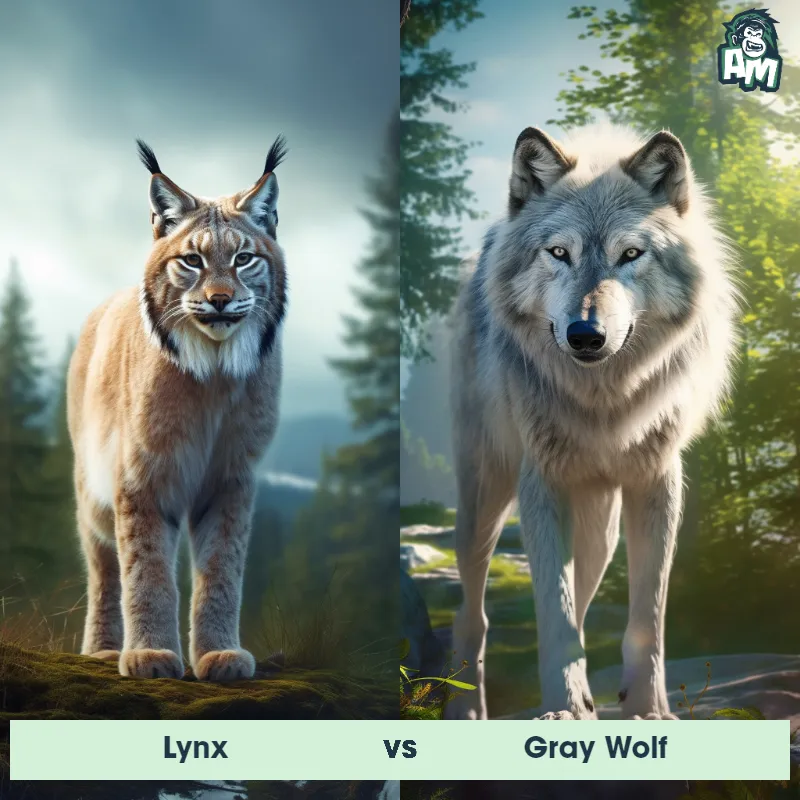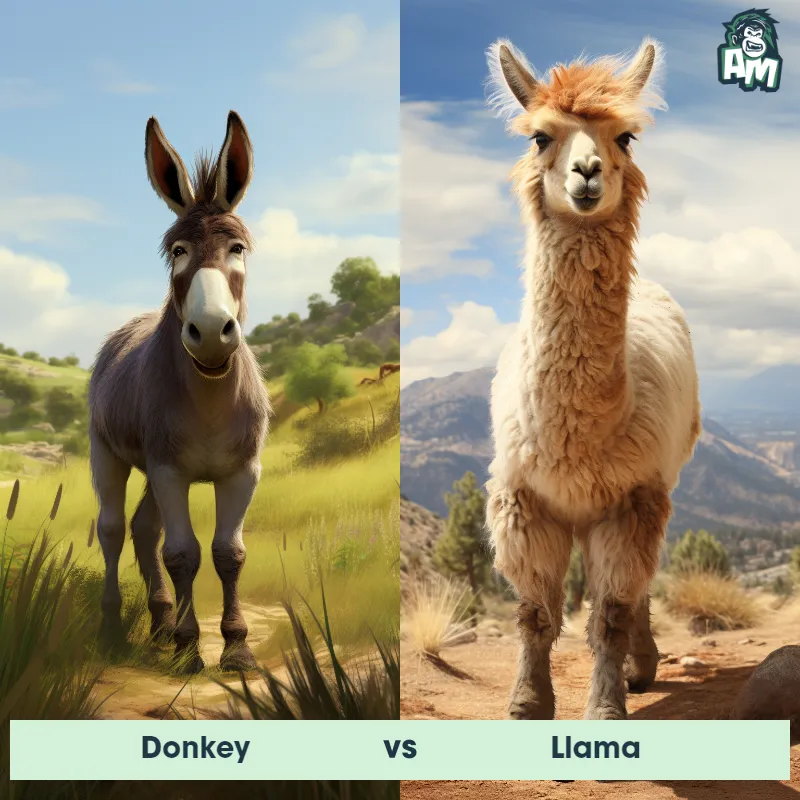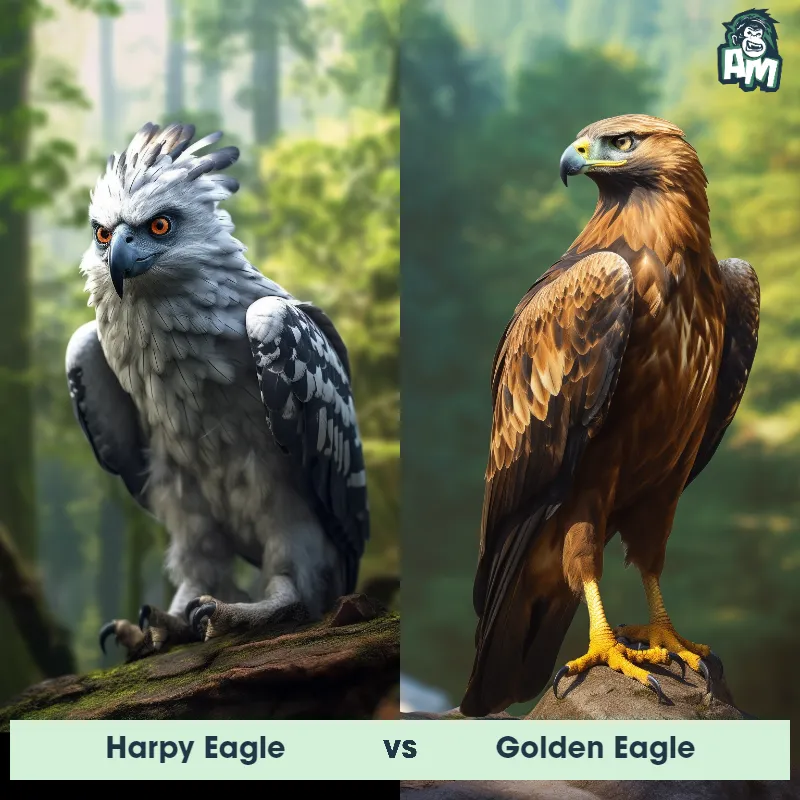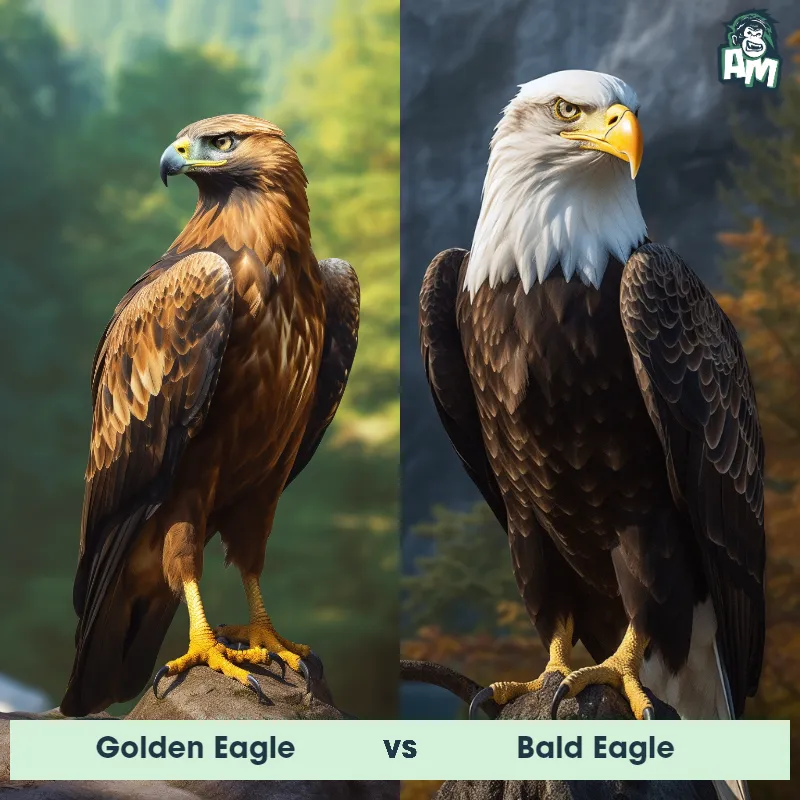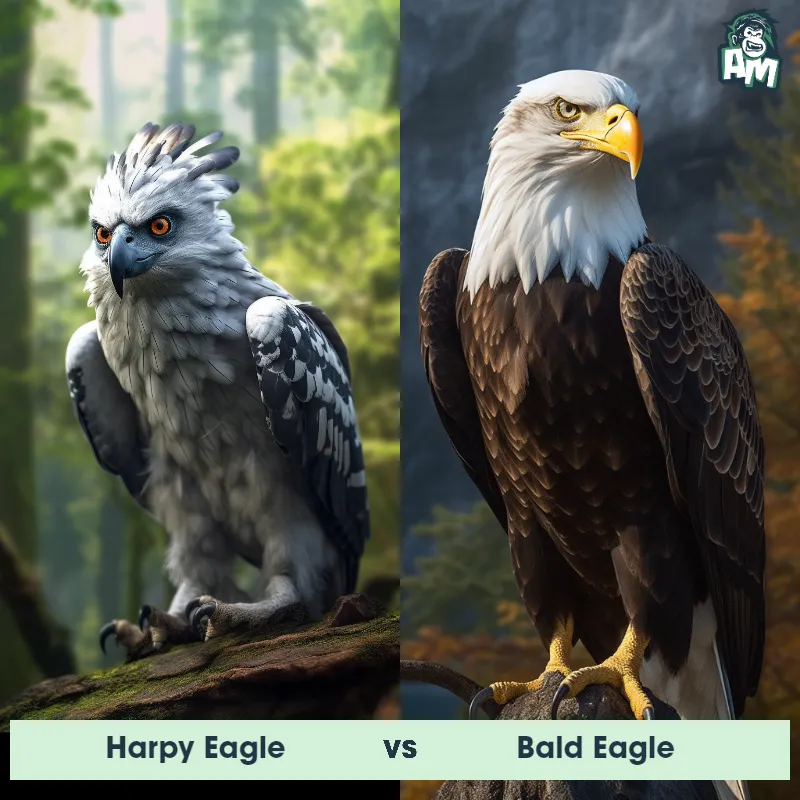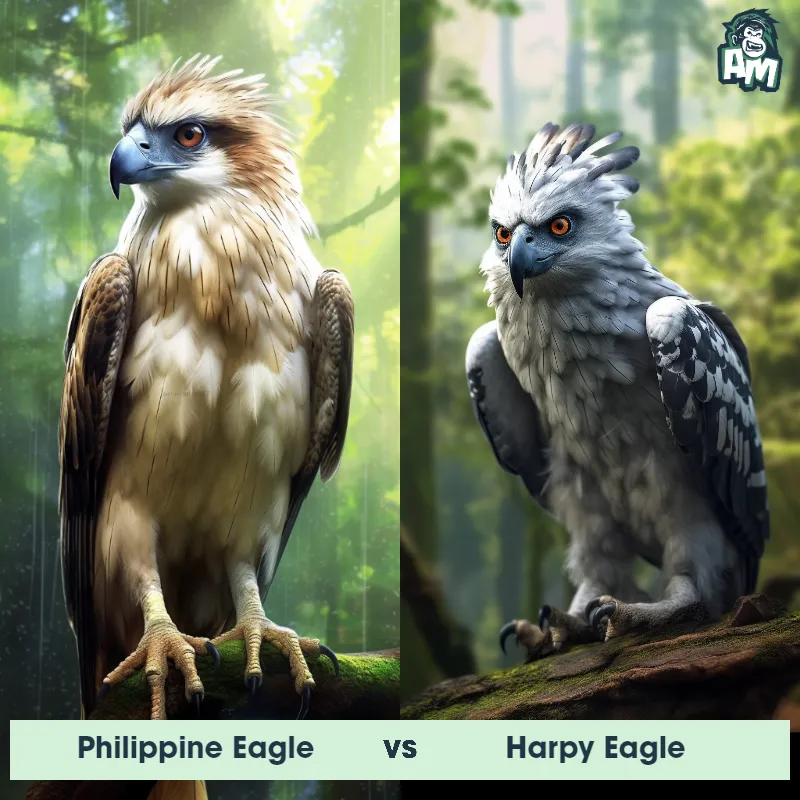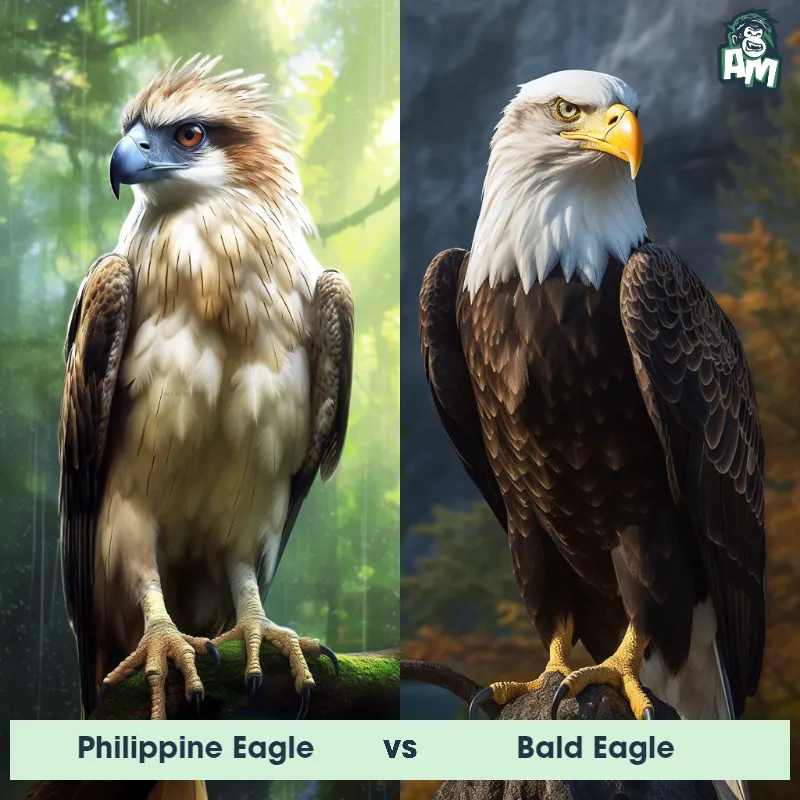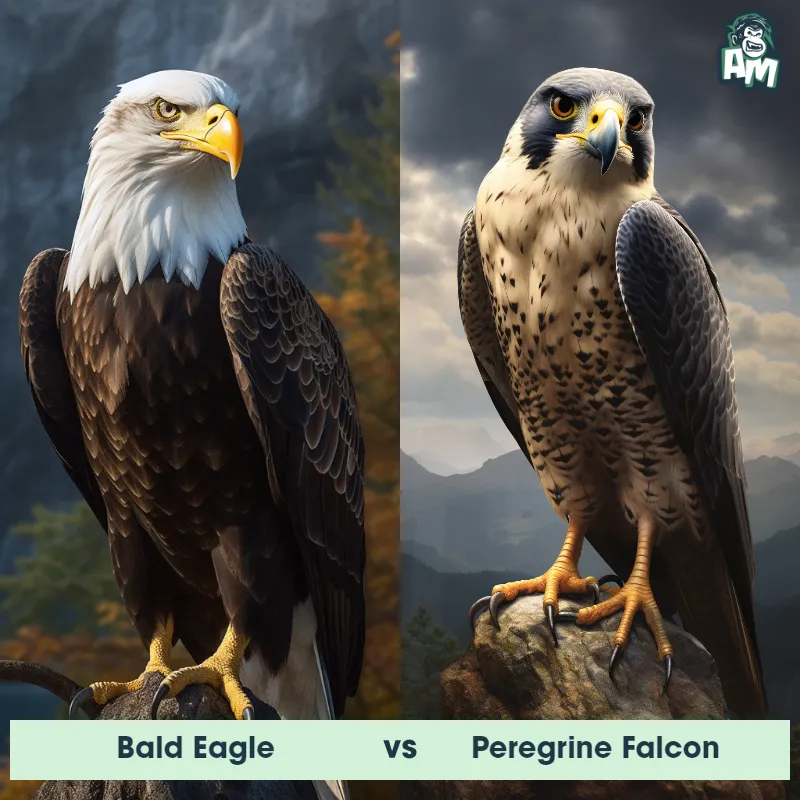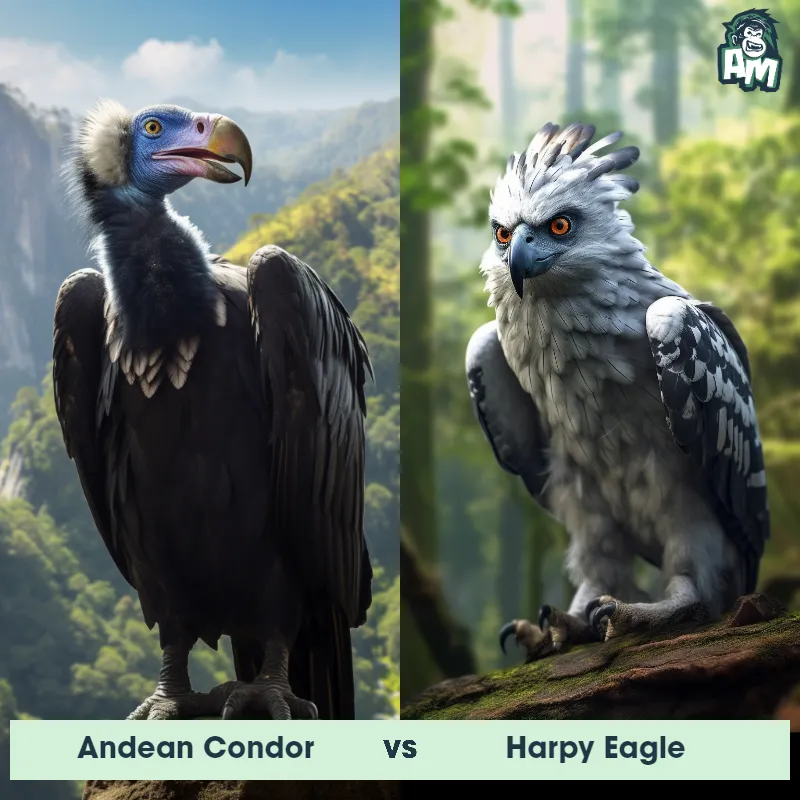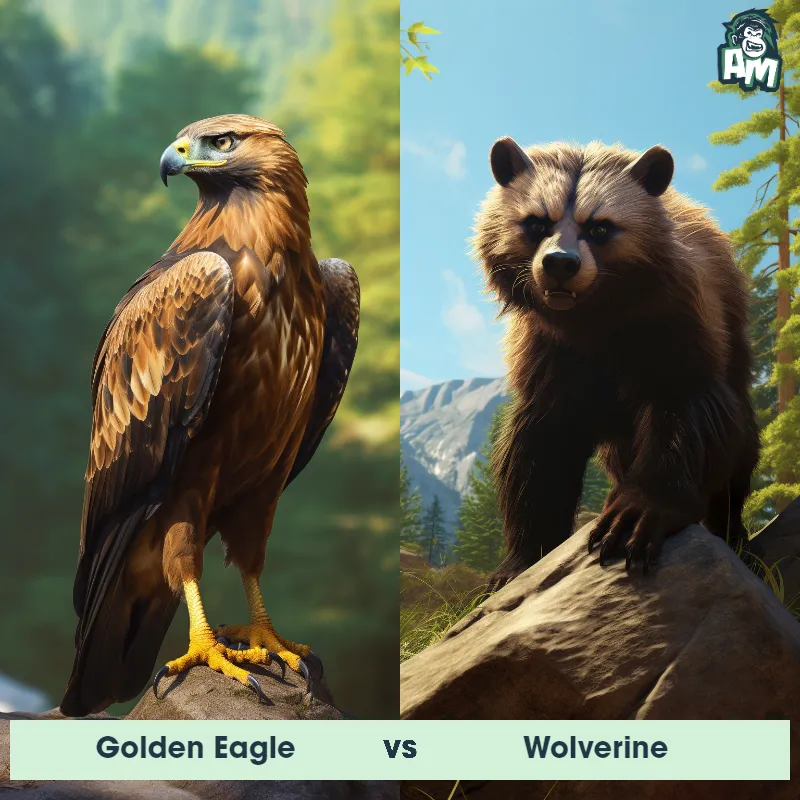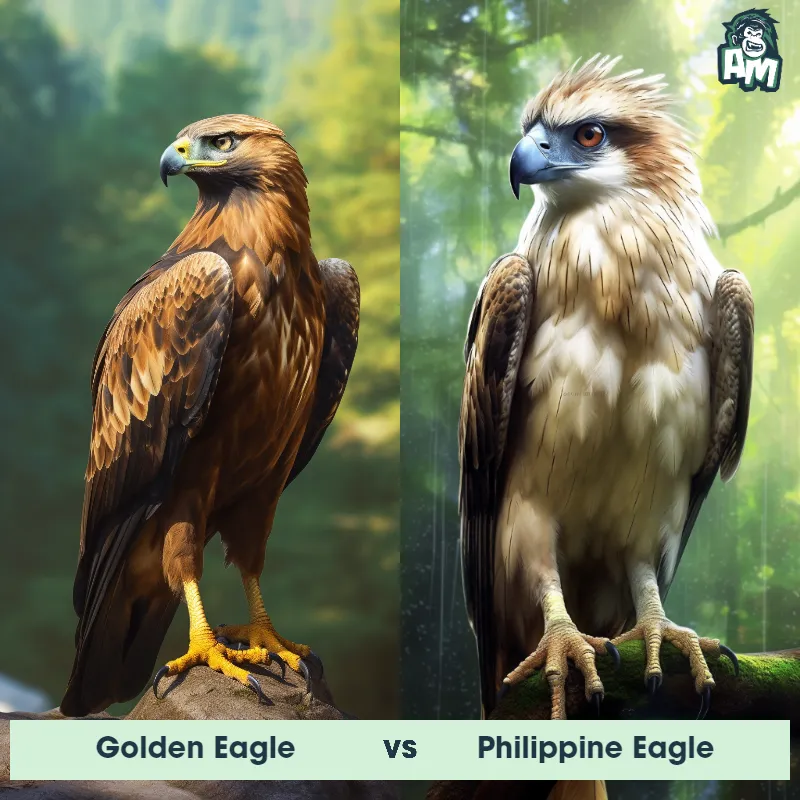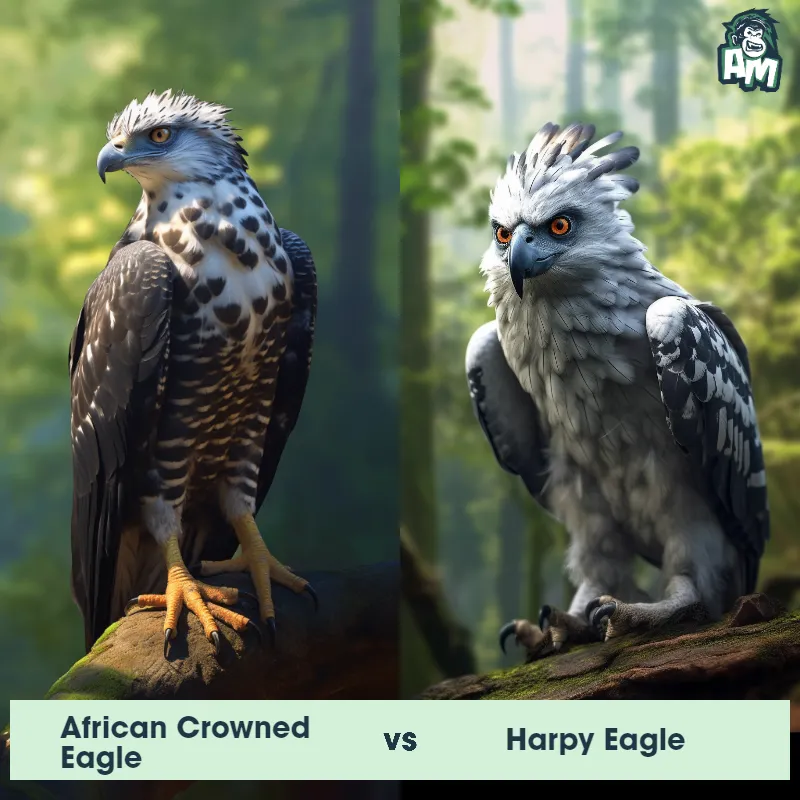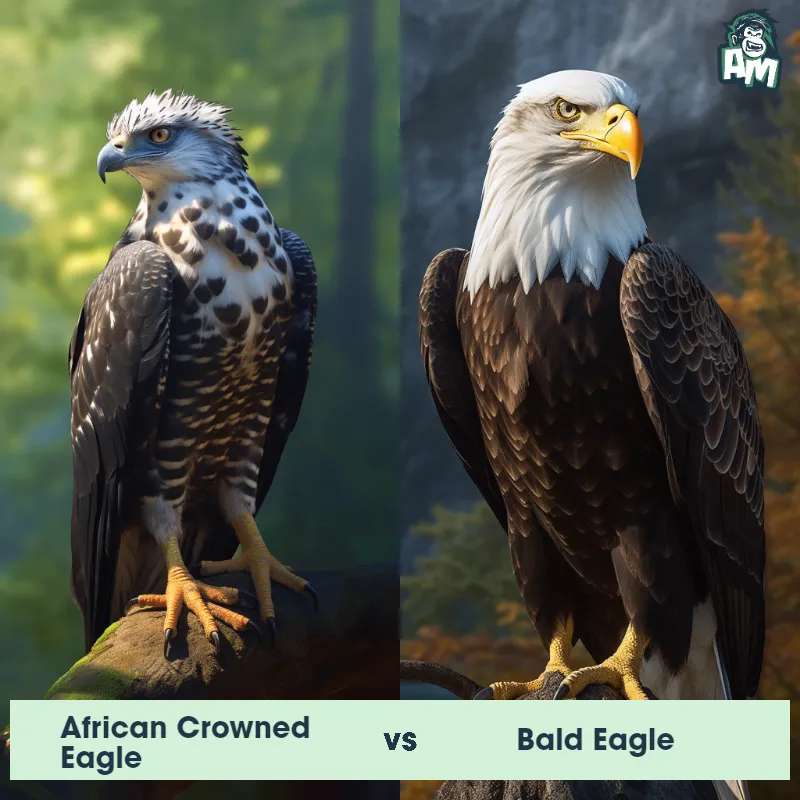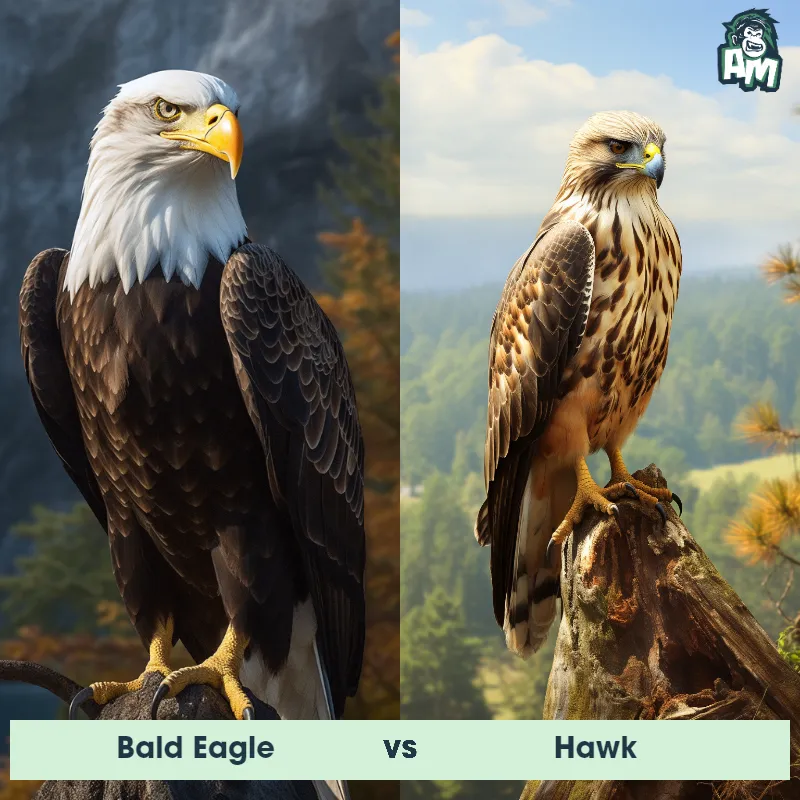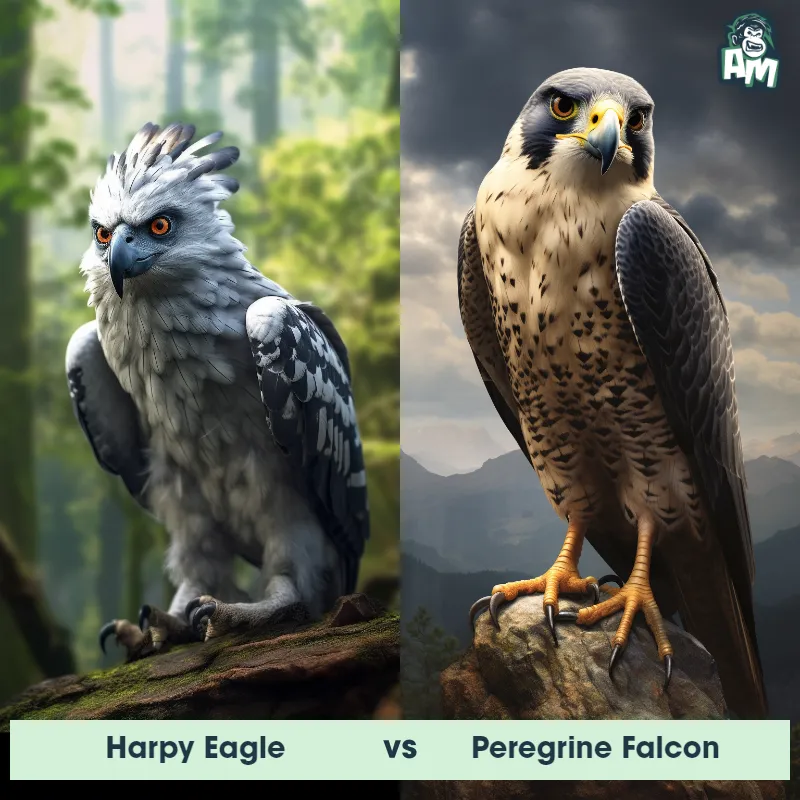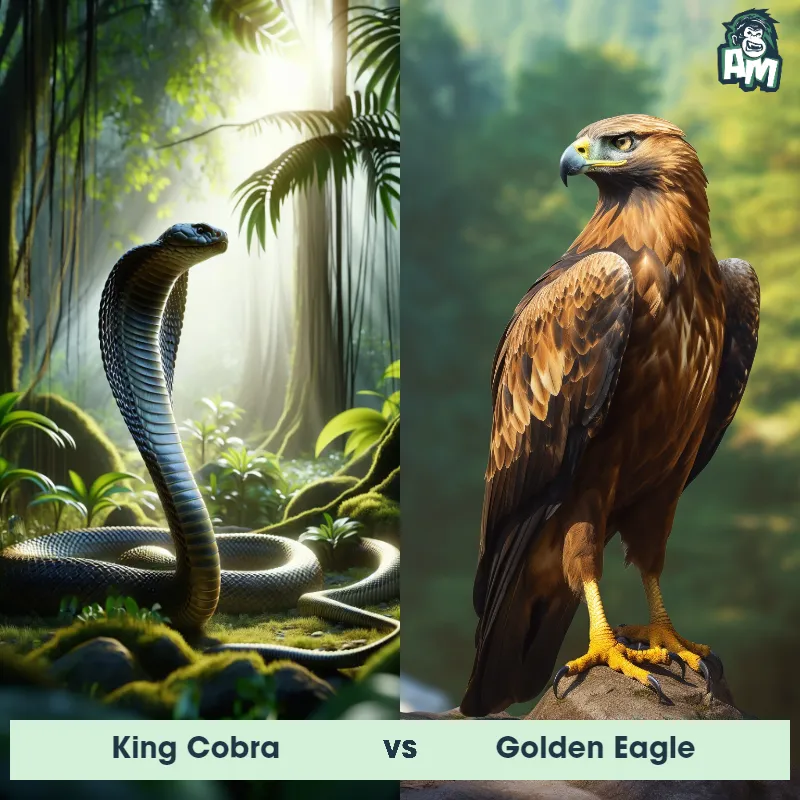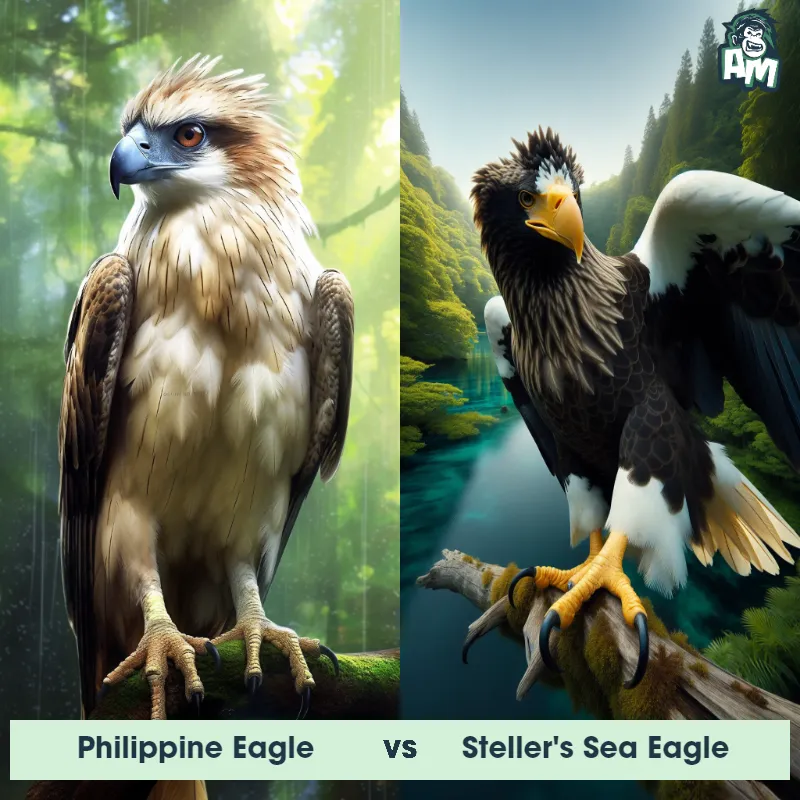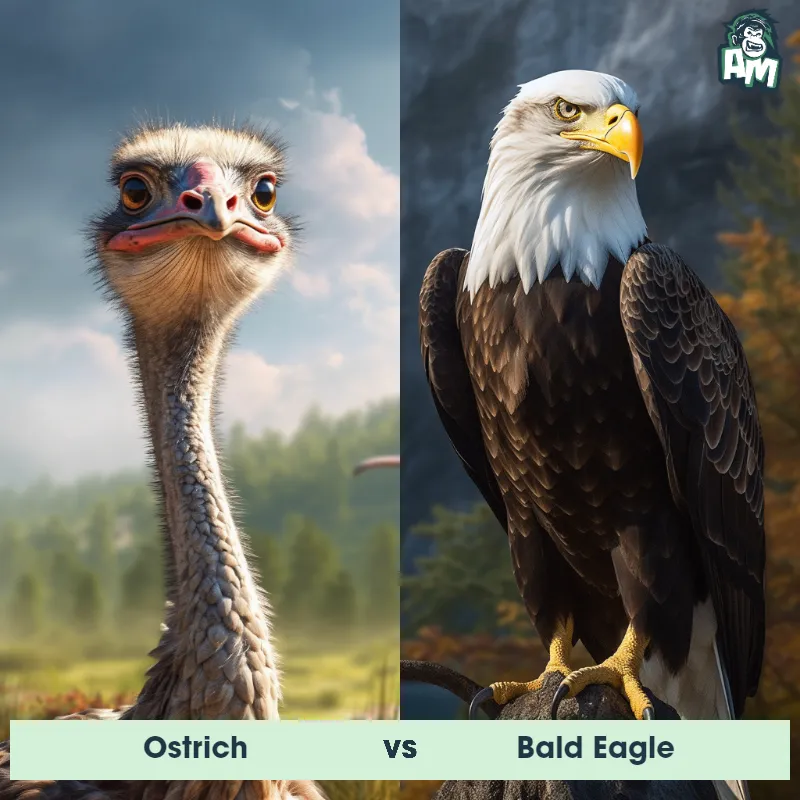Wild Turkey vs Bald EagleSee Who Wins

Ladies and gentlemen, welcome to this thrilling matchup between two majestic creatures of the wild. In one corner, we have the Wild Turkey, known for its sharp beak and powerful wings. And in the other corner, we have the Bald Eagle, a symbol of freedom with its impressive wingspan. Get ready for a fierce battle between these two formidable opponents!
Contender 1: Wild Turkey
The Wild Turkey is a large bird native to North America, known for its distinctive plumage and impressive size. Adult males, known as toms, can weigh up to 25 pounds and have a wingspan of up to 4 feet. They are known for their colorful feathers, which include iridescent bronze, green, and copper hues, as well as a distinctive fan-shaped tail. Wild Turkeys are omnivorous and feed on a variety of foods, including insects, seeds, and small mammals.
Fun Fact: Wild Turkeys have a unique vocalization called a "gobble," which is used by males to attract females during mating season. The gobble can be heard from up to a mile away and is a distinctive sound of the North American wilderness.
Contender 2: Bald Eagle
The Bald Eagle, also known as the American Eagle, is a bird of prey found in North America. It is known for its white head and tail feathers, dark brown body, and sharp talons. Bald Eagles have a wingspan of up to 7 feet and can weigh up to 14 pounds. They are known for their impressive hunting skills and can dive at speeds of up to 100 miles per hour to catch their prey.
Fun Fact: Bald Eagles are known for their impressive eyesight, which is four times better than that of a human. They can spot their prey from up to two miles away!
Matchup Stats
| Wild Turkey | Bald Eagle | |
|---|---|---|
| Size | Up to 4 feet (1.2 meters) in length | Up to 3 feet (91 cm) in height and 7 feet (213 cm) in wingspan. Metric: Up to 91 cm in height and 213 cm in wingspan |
| Weight | Up to 25 pounds (11.3 kilograms) | Up to 14 pounds (6.4 kg). Metric: Up to 6.4 kg |
| Speed | Speed: 25 mph (40.23 km/hr) | Speed: 120 mph (193 km/hr) |
| Key Strength | Sharp spurs on legs | Sharp talons and powerful beak |
| Biggest Weakness | Limited mobility due to size | Vulnerable to larger predators such as bears and cougars |
Current Votes
Wild Turkey vs Bald Eagle
See Who Wins
View More Matches
Looking For More?
Similar Matches
Scientific Stats
| Wild Turkey | Bald Eagle | |
|---|---|---|
| Scientific Name | Meleagris gallopavo | Haliaeetus leucocephalus |
| Family | Phasianidae | Accipitridae |
| Habitat | Forests, woodlands, and grasslands | Near water bodies such as lakes, rivers, and coasts |
| Geography | North America | North America |
| Diet | Omnivorous, feeds on insects, seeds, and small mammals | Fish, small mammals, and birds |
| Lifespan | 3 years - 5 years | 20 years - 30 years |
Key Differences between Wild Turkey and Bald Eagle
- Facial features: The Bald Eagle possesses a powerful, hooked yellow beak and piercing yellow eyes, whereas the Wild Turkey has a small, slightly hooked beak and brown eyes.
- Tail shape: The Bald Eagle has a long, broad, and wedge-shaped tail, while the Wild Turkey's tail is shorter and more fan-shaped, with slightly pointed feathers.
- Size: The Bald Eagle is significantly larger than the Wild Turkey, with an average wingspan of 6 to 7.5 feet, while the Wild Turkey has a wingspan of about 4 to 5 feet.
- Wing shape: The wings of the Bald Eagle are broad and long with distinct "finger-like" feather tips, providing excellent soaring and gliding capabilities. The Wild Turkey has shorter and more rounded wings, which are adapted for short-distance, agile flight.
- Color: The Bald Eagle has a distinctive white head and tail, contrasting with its dark brown body, whereas the Wild Turkey has a predominantly dark brown plumage with a metallic sheen and lighter tan feathers on its breast and wings.
- Neck and head shape: The Bald Eagle has a prominent, curved beak that extends beyond its face, giving it a hooked appearance, as well as a noticeable neck that tapers into its head. In contrast, the Wild Turkey has a shorter, more rounded beak and a thicker, shorter neck that blends into its head.



